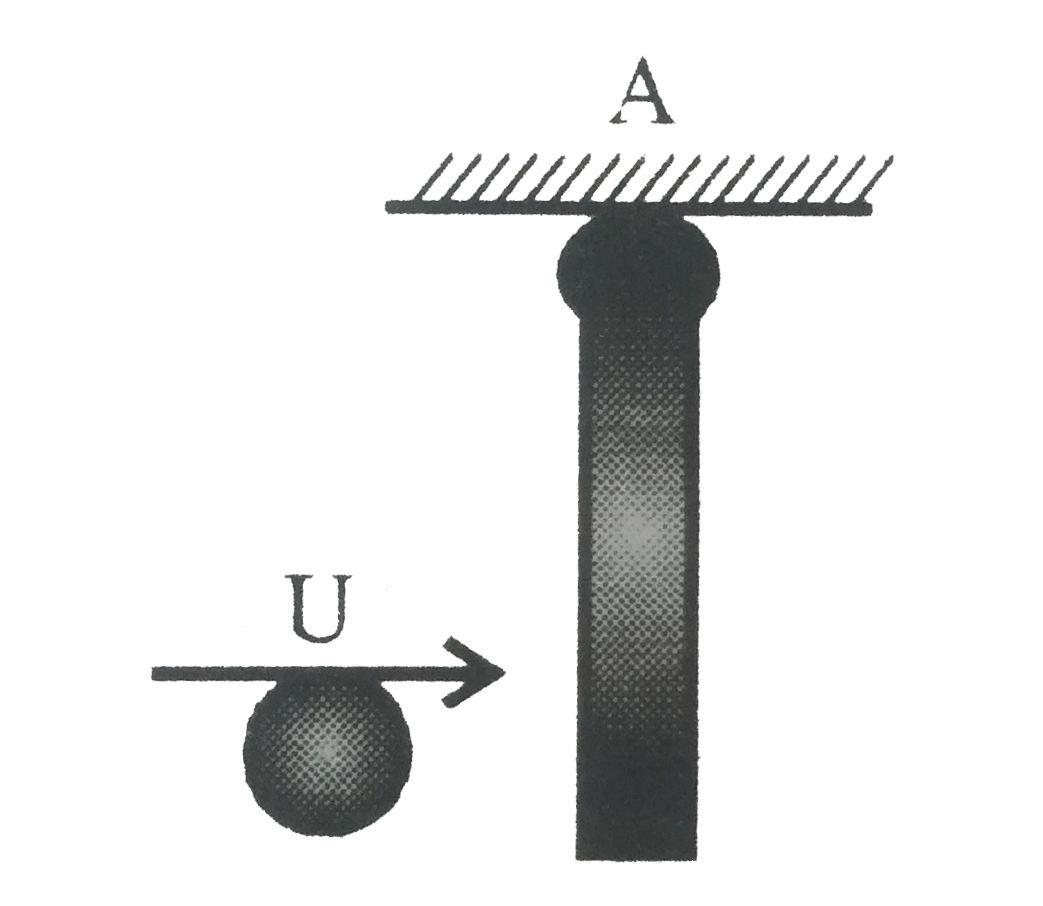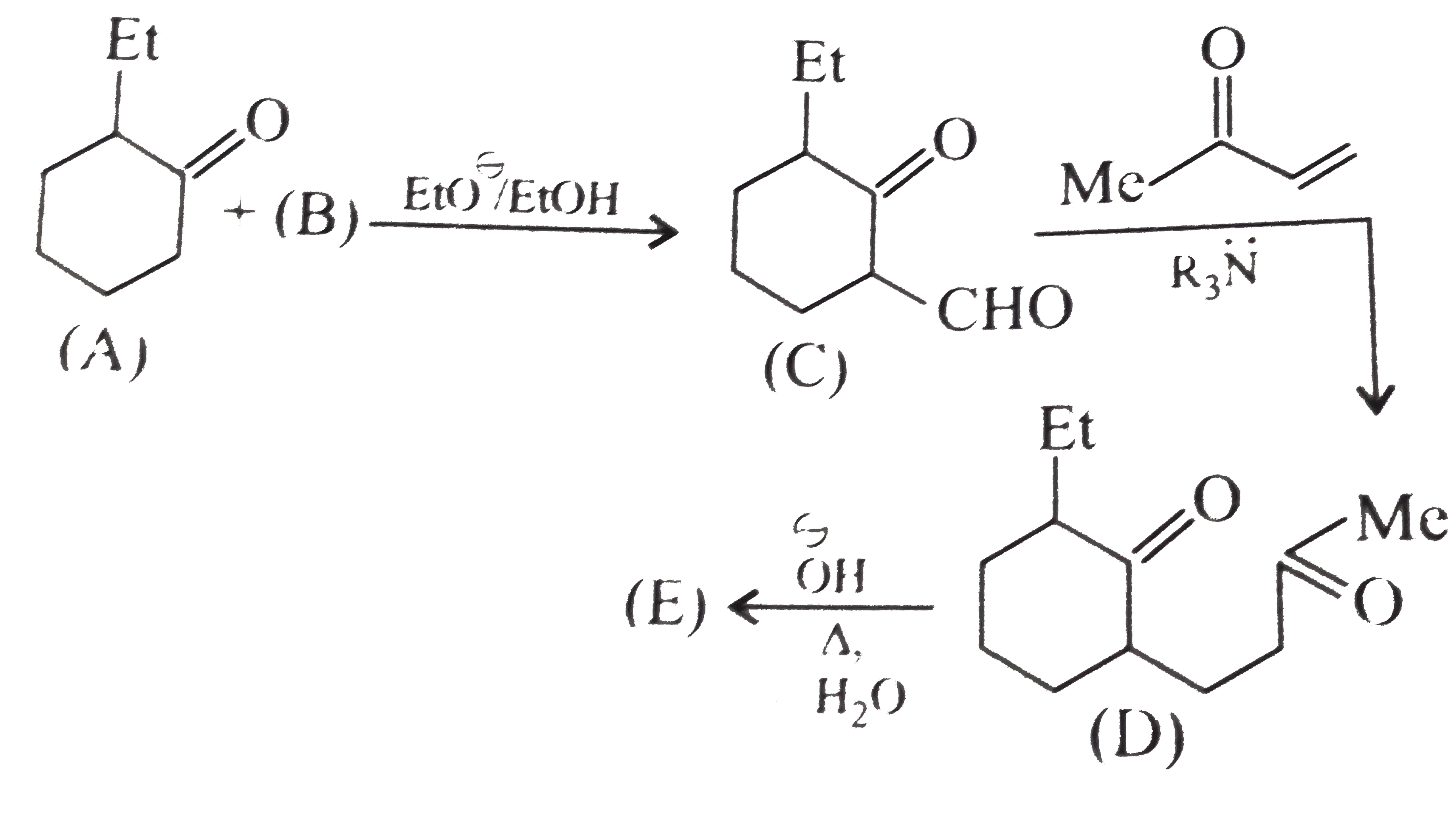Which of the statement (s) is / are correct?
if temperature coefficient is greater than zero cell reaction is endothermic
if temperature coefficent is less than zero cell reaction is endothermic
if temperature coefficient is less than zero cell reaction is exothermic
If Ecell negative then DeltaG negatvie and cell reaction is spontaneous
To determine which statements are correct regarding electrochemistry, we need to analyze each statement based on the relationships between temperature coefficients, Gibbs free energy (ΔG), and enthalpy (ΔH).
1. Understanding Temperature Coefficient and ΔH:
- The temperature coefficient (ΔE/ΔT) indicates how the cell potential (E) changes with temperature.
- If the temperature coefficient is greater than zero (ΔE/ΔT > 0), it implies that as temperature increases, the cell potential also increases. This is associated with an endothermic reaction, meaning ΔH > 0.
- Conversely, if the temperature coefficient is less than zero (ΔE/ΔT < 0), the cell potential decreases with increasing temperature, indicating an exothermic reaction, meaning ΔH < 0.
2. Analyzing the Statements:
- Statement 1: "If the temperature coefficient is greater than zero, the cell reaction is endothermic."
- This statement is correct because a positive temperature coefficient indicates that ΔH is greater than zero (endothermic).
- Statement 2: "If the temperature coefficient is less than zero, the cell reaction is endothermic."
- This statement is incorrect because a negative temperature coefficient indicates that the reaction is exothermic (ΔH < 0).
- Statement 3: "If E_cell is negative, then ΔG is negative, and the cell reaction is spontaneous."
- This statement is incorrect. The relationship between ΔG and E_cell is given by the equation ΔG = -nFE_cell. If E_cell is negative, then ΔG will be positive, indicating that the reaction is non-spontaneous.
3. Conclusion:
- The correct statements are:
- Statement 1: Correct
- Statement 2: Incorrect
- Statement 3: Incorrect
Thus, the correct options are only Statement 1.
Summary of Correct Statements:
- Correct Statement: 1
- Incorrect Statements: 2 and 3
- The temperature coefficient (ΔE/ΔT) indicates how the cell potential (E) changes with temperature.
- If the temperature coefficient is greater than zero (ΔE/ΔT > 0), it implies that as temperature increases, the cell potential also increases. This is associated with an endothermic reaction, meaning ΔH > 0.
- Conversely, if the temperature coefficient is less than zero (ΔE/ΔT < 0), the cell potential decreases with increasing temperature, indicating an exothermic reaction, meaning ΔH < 0.
- Statement 1: "If the temperature coefficient is greater than zero, the cell reaction is endothermic."
- This statement is correct because a positive temperature coefficient indicates that ΔH is greater than zero (endothermic).
- Statement 2: "If the temperature coefficient is less than zero, the cell reaction is endothermic."
- This statement is incorrect because a negative temperature coefficient indicates that the reaction is exothermic (ΔH < 0).
- Statement 3: "If E_cell is negative, then ΔG is negative, and the cell reaction is spontaneous."
- This statement is incorrect. The relationship between ΔG and E_cell is given by the equation ΔG = -nFE_cell. If E_cell is negative, then ΔG will be positive, indicating that the reaction is non-spontaneous.
- The correct statements are:
- Statement 1: Correct
- Statement 2: Incorrect
- Statement 3: Incorrect
- Correct Statement: 1
- Incorrect Statements: 2 and 3
Topper's Solved these Questions
- ELECTROCHEMISTRY BOOK - AAKASH INSTITUTE ENGLISHCHAPTER - ELECTROCHEMISTRY EXERCISE - Assignment (SECTION D) Linked Comprehension Type Questions
6 Videos
- ELECTROCHEMISTRY BOOK - AAKASH INSTITUTE ENGLISHCHAPTER - ELECTROCHEMISTRY EXERCISE - Assignment (SECTION E) Assertion - Reason Type Questions
10 Videos
- ELECTROCHEMISTRY BOOK - AAKASH INSTITUTE ENGLISHCHAPTER - ELECTROCHEMISTRY EXERCISE - Assignment (SECTION B) Objective Type Questions (One option is correct)
25 Videos
- COORDINATION COMPOUNDS BOOK - AAKASH INSTITUTE ENGLISHCHAPTER - COORDINATION COMPOUNDS EXERCISE - Assignment (Section-J Aakash Challenger Questions )
10 Videos
- ENVIRONMENTAL CHEMISTRYBOOK - AAKASH INSTITUTE ENGLISHCHAPTER - ENVIRONMENTAL CHEMISTRYEXERCISE - ASSIGNMENT (SECTION-D) (Assertion - Reason Type Questions)
4 Videos
Similar Questions
In the given figure a ball strikes a uniform rod of same mass elastically and rod is hinged at point A. Then which of the statements (s)is/are correct ?
 .
.
View SolutionWhich statement(s) is/are correct
View SolutionWhich statement(s) is/are correct?
View Solution
Which statement(s) is/are correct?
View SolutionWhich statement (s) is /are correct ?
View SolutionWhich statement/s is/are correct?
View Solution
Which statement (s)is/are correct about the formation of (D) ?
View SolutionWhich of the following statement (s) is/are correct
View SolutionWhich of the following statement (s) is/are correct ?
View SolutionWhich of the following statement(s) is/are correct?
View Solution
